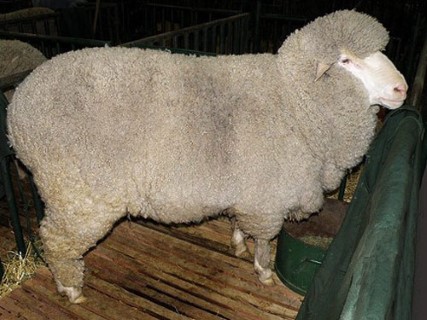Panama sheep are a notable breed developed in the United States during the early 1900s, originating in Idaho. They are recognized as one of only two sheep breeds in the country developed by private sheep breeders. The breed's development began with a cross between Rambouillet rams and Lincoln ewes, which was conducted over approximately five years. Following this initial crossbreeding phase, subsequent matings between Panama rams and ewes were carried out to establish the Panama breed.
Panama sheep are known for their hardiness and adaptability to range areas with ample feed conditions. They are characterized by their polled nature and physical resemblance to the Columbia breed, although they are typically more intermediate in size. One of the key attributes of Panama sheep is their production of a heavy, dense medium-grade fleece, which boasts a long staple length. This fleece quality makes Panama sheep valuable for their wool production capabilities.
Overall, Panama sheep are valued for their resilience, fleece quality, and suitability for range-based farming systems, making them a significant contribution to the diversity of sheep breeds in the United States.
